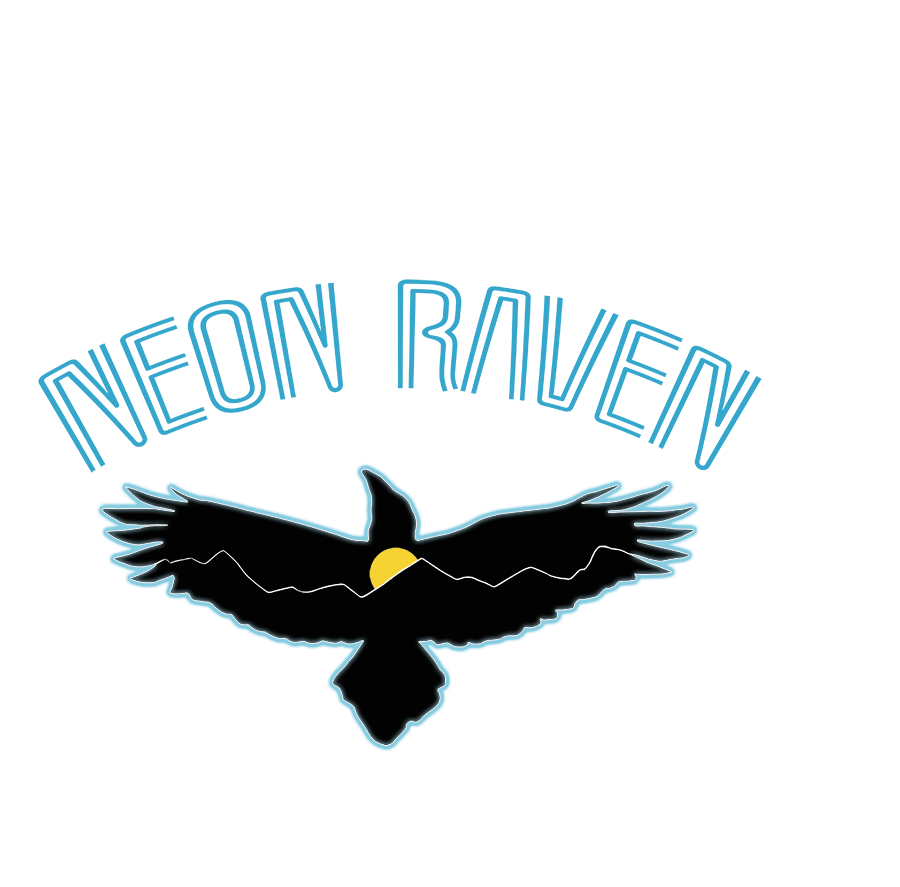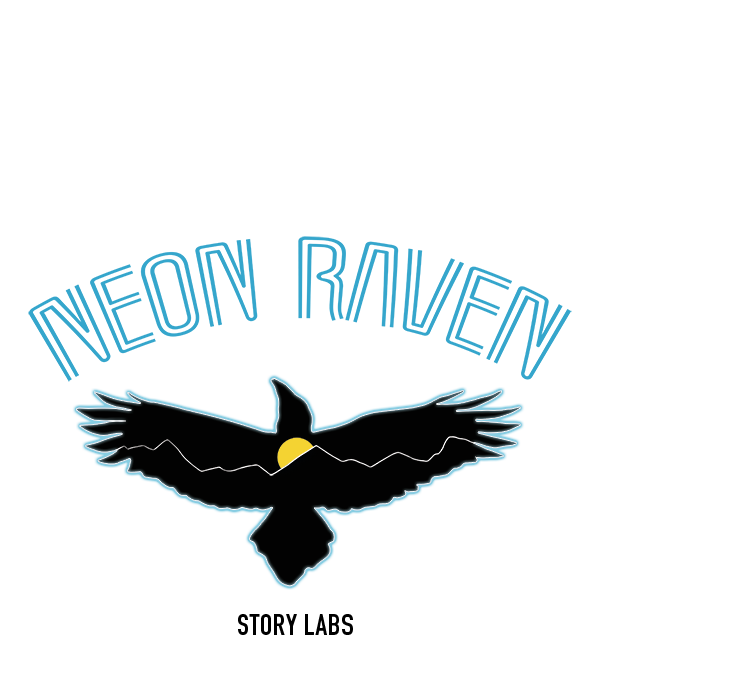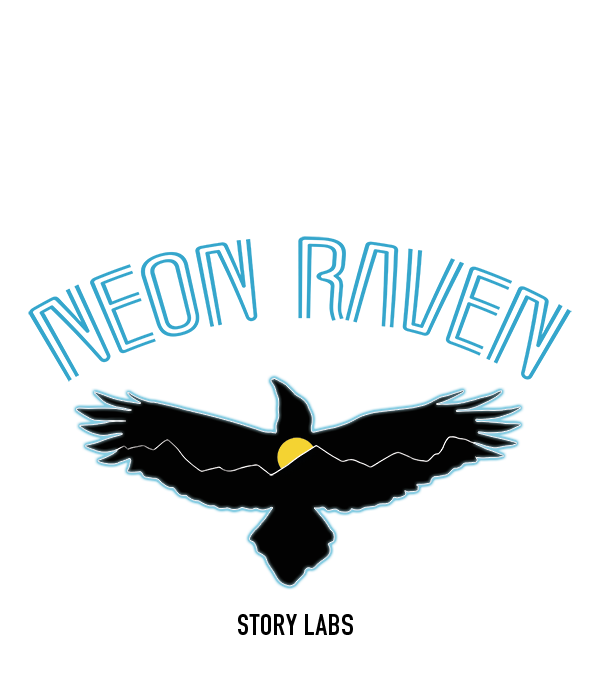A Last Leap Towards Flowers
A Last Leap Towards Flowers is a series of fine art portraits of wildlife killed on our roads. Each portrait is made in situ and without manipulation except for the bed of flowers. I began the project as a means to grieve for the loss of the millions of wildlife destroyed by our big steal beasts. Researchers estimate wildlife-vehicle collisions to be the single largest cause of wildlife mortality in the world.
Though it has touched many of our lives directly, wildlife collisions are not perceived by the broader public as a big priority. Perhaps it’s the mundanity of it all, or the ick factor, or the fact that it’s so close to home for so many. Ironically, most of the portraits gathered so far are from within 20 miles of my home, not exactly the way I thought I’d get to know my local biodiversity.

This is what it might look like while working by the side of the road. The flowers remain as an ongoing memorial for days afterwards.
”Who are these animals, their lights gone out? What journeys have fallen apart here?
~Barry Lopez, Apologia
Last Leap is a chance to see, to care and to act on behalf of our everyday wildlife. So far the response has been overwhelmingly impactful in a way that I hope to be good for animals. One image of a coyote posted on instagram is to date my farthest reaching image on the platform with an over 30 percent engagement rate. Other images have been commended in world renowned competitions and even projected at the 2019 World Economic Forum.
The aim of the project is to travel the country on a different kind of road trip, making portraits of a wide variety of species and using that portraiture to foster empathy and grow support for projects that will end wildlife-vehicle collisions. To do this involves creating a series of public displays that include:
- large-scale fine-art prints paired with soundscapes of where the photo was taken
- billboards
ORIGINS OF AN ELEGY
While driving to teach at a photo workshop not too long ago, I traveled a stretch of highway in Idaho. In the span of two miles, I passed seven animals killed on the side of the road. They ranged from deer and elk, to a badger, coyote and even the massive bristle-quilled body of a porcupine.
I, too, have been that driver. The lives of a pheasant, bat and a juvenile black-tailed prairie dog weigh heavily on my conscience. Their lives existed one moment, and not the next because of me.
Deer alone account for roughly 1.3 million accidents a year and lead to billions of dollars in damages and injury. Wildlife-vehicle trauma is far too mundane of an occurrence, and what many don’t realize is that researchers have estimated that vehicle collisions may collectively be the number one cause of wildlife mortality in the world.
“A Last Leap Towards Flowers” began, and remains, an expression of my love and grief for the animals we lose to our roadways. I know they are long gone by the time I find them, but I can’t help from wanting to give them one last moment of dignity and beauty. To let them know, “I see you.” And to tell them, “you were loved.”
ADDITIONAL FRAMES


Accolades
Highly Commended in the 2019 Wildlife Photographer of the Year, Photojournalism Single Image
Highly Commended in the 2019 Big Picture Natural World Photography Competition, Conservation Photography
Projected with a selection of winning images throughout the week of the 2019 World Economic Forum
FUTURE PLANS
- Two road trips in 2020 dedicated to creating new images and soundscapes for the project.
- Development of a manuscript.
The Beginnings of a Photojournalism Story

A grizzly sow with two cubs crosses a busy road in Grand Teton National Park in Sept. 2019. That morning another grizzly was hit and killed on the road between Jackson Hole and Teton Village. The Jackson area is a hotbed of wildlife vehicle collisions. On Nov. 5, 2019, residents of Teton County overwhelmingly voted to support a $10 million ballot measure to build wildlife crossings in the area.
There is a bigger story yet to share revealing the lives, science and conservation tactics tied to road networks and the wildlife that has to deal with them. From researchers rescuing and hand-rearing turtle nests to the PTSD suffered by drivers after a collision to newly legalized roadside harvesting and the increasing popularity of wildlife crossings, there is no shortage of avenues to travel down to share the importance of this issue.









